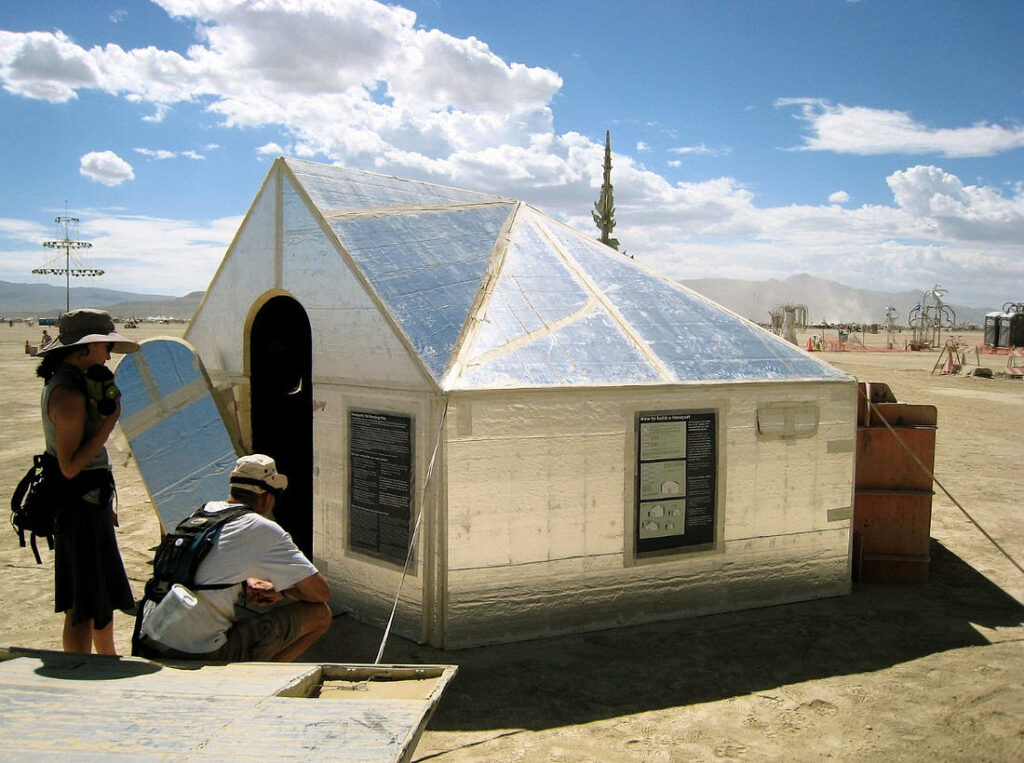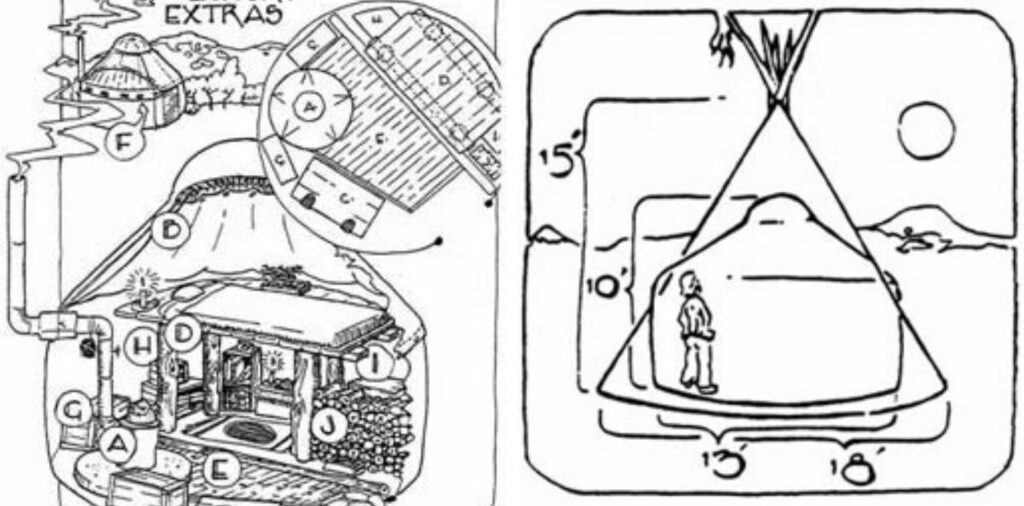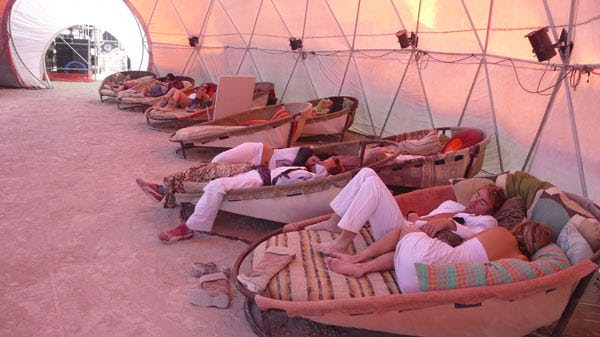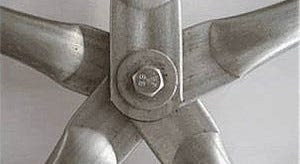Norm Chan, Editor of Tested.com

Cool Tools Show 101: Norm Chan
We have hired professional editors to help create our weekly podcasts and video reviews. So far, Cool Tools listeners have pledged $329 a month. Please consider supporting us on Patreon. We have great rewards for people who contribute! – MF
Our guest this week is Norm Chan. Norm is the co-founder and editor of Tested.com, a website and YouTube channel celebrating the interesting intersections of technology, science, art and the maker community. Norm’s been a technology journalist for 10 years and produces shows on Tested including Adam Savage’s costume builds and his weekly podcast Still Untitled.
Subscribe to the Cool Tools Show on iTunes | RSS | Transcript | Download MP3 | See all the Cool Tools Show posts on a single page
Show notes:
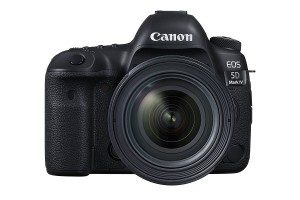
Canon EOS 5D Mark IV Full Frame Digital SLR Camera ($3,949)
[The Canon EOS 5D] is my go-to, that’s the thing I probably use the most next to a smartphone or a computer. … I definitely like shooting video with it. The 5D has a touch screen, lets you tap to focus, it tracks faces. It’s a very good B-roll camera for me. … I like the Canon user interface. I have a collection of Canon lenses. I don’t know if you know but, on Nikon the focus and the zooms are reverse. Whereas in Canon you rotate clockwise, on a Nikon it would be counter clockwise. So my muscle memory is actually tuned to the Canon lenses.”
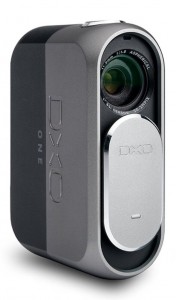
DxO One ($469)
“There’s a company called DxO … they’re a software company, they do software analysis for images. When you see smartphones come out, you may see a DXO score or rating for some of these cameras. But they also make hardware and their first camera was a camera called the DxO One. The price has gone down a little bit, it’s a $500 camera, which is still expensive in the pocket camera world. But it has a very large sensor, it’s a 1-inch size sensor in this form factor that’s no bigger than a lighter. A metallic lighter, like a Zippo. It’s very pocketable, and it actually plugs in to an iOS device. So it has a lightning port, you plug it into your iPhone and basically you have a very nice camera. You can use the iPhone as the viewfinder and save the photos directly on to your phone.”
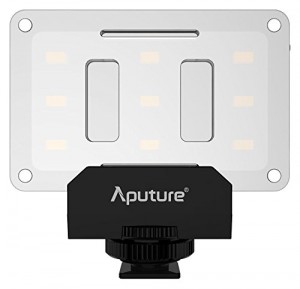
Amaran AL-M9 ($45)
“So working in a production pseudo-environment, we use a lot of traditional kino lights, things you’d find in movie studios and big bulky lights with the switch out the bulbs. And the past couple years we’ve been moving over to LED lights. … But more recently we’ve discovered there’s a company called Aputure, and they sent us a sample of this very small, lightweight, credit card-sized LED light. The AL-M9 is the model and we have a couple handful of these in our studio and they’re very backpack-able, even pocketable. Run off of built in battery and they get incredible bright, very bright with I think 9 or 10 degrees of brightness settings so it can get pretty dim, pretty bright. And they’re just so handy for, even if you’re shooting outdoors use them for a fill light for example. Or when I do product shots or macro shots, as a backlight or even as key light. And then they have these magnetic swappable covers for color temperature. Just very versatile.”
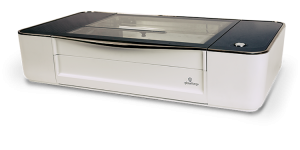
Glowforge ($5,995)
“This is like the new shiny toy. ..Having a laser cutter that I have in my home office is game changing. I have a 3d printer now and a laser cutter next to my computer desk at home. It just changes how fast I can prototype and come up with an idea and make it. …It’s a 40W laser or a 45W, if you go for the pro model. In the world of laser cutters, the way I understand, there are two fundamental laser technologies. There are tube lasers, glass tube lasers and then there’s metal lasers. And the big industrial lasers you see at maker spaces are metal lasers, they are pulse based. Tube lasers have a continuous laser but they don’t last nearly as long – they’re more hobby lasers. So this one is a tube laser. I expect it to last several years, but it’s going to be replaceable. But it definitely cuts cardboard, foam core, 1/8 inch wood is probably the sweet spot for it. … it’s all cloud-based software, they’re rolling out. … But one of the other features is a pass through system. … If I have a very long sheet of material I can cut a fifth of it and then slide it through, it’ll re-align, resume a cut or resume a etch and therefore I have a 20 inch by theoretically as large as I want.”






